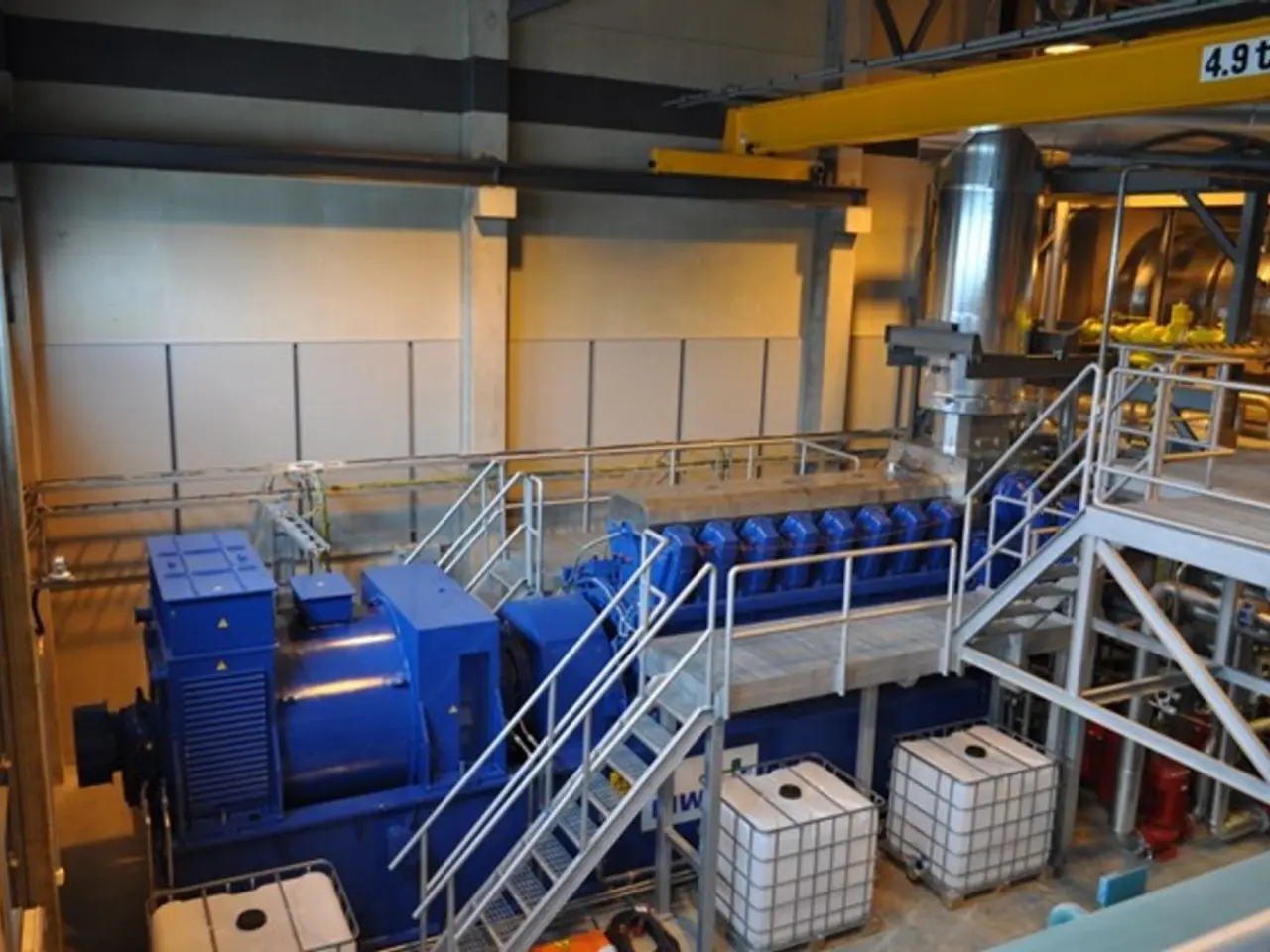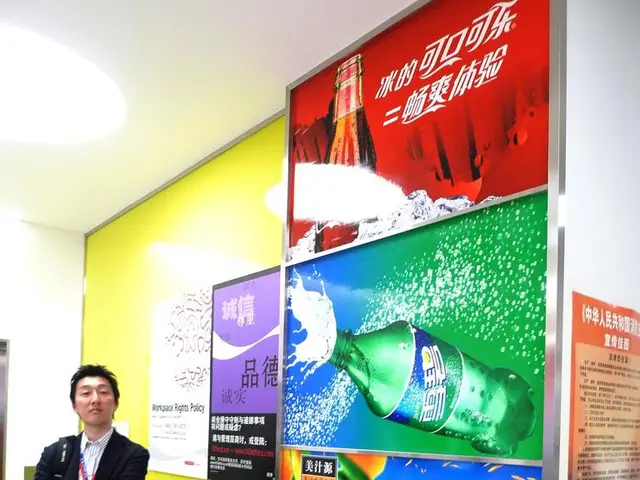Adjusting to Imminent Tariff Dates: Strategies Employed by Businesses
In the ever-evolving landscape of international trade, companies are adapting to the impact of tariffs on their supply chains. Here are some of the key strategies they are employing:
Duty mitigation tactics are being used to reduce tariff liability. This includes leveraging the first-sale-for-export principle and duty drawback programs to adjust transaction points and reclaim duties paid on re-exported goods.
Supply chain diversification is another popular strategy, involving sourcing materials and products from multiple countries or suppliers to avoid over-reliance on high-tariff regions.
Tariff engineering entails modifying product design or assembly processes to qualify for more favorable tariff classifications. For example, companies are shipping products unassembled or changing materials to fit lower-duty HTS codes and finalizing assembly domestically.
Make vs. buy analysis is being used to evaluate whether manufacturing in-house or outsourcing is more cost-effective under current tariffs. This could lead to a shift in production to domestic facilities or lower-tariff countries.
Utilizing foreign trade zones and free trade agreements is another way companies are minimizing tariff exposure. They are taking advantage of regulatory exceptions and preferential trade terms to their advantage.
Building supply chain agility, transparency, and adaptability is crucial for companies to respond rapidly to tariff deadline changes and port congestion. This helps them avoid last-minute surges that drive up costs and cause logistical challenges.
Some companies are also rushing to front-load imports before tariff deadlines to avoid sudden upcharges, although this can cause surges at ports and logistics bottlenecks.
The Port of Los Angeles, for instance, experienced the busiest June in its 117-year history, handling 8% more units than June 2024. The Port of New York and New Jersey claimed the title of the busiest U.S. port in May.
AI is proving useful in optimizing inventory and fine-tuning pricing approaches through predictive modeling. Real-time updates are also being addressed using AI to address supply chain disruptions.
Strategic planning and cross-functional collaboration are crucial for business decision-making as tariff deadlines continue to shift. Companies like Levi Strauss are strategically planning ahead, having brought in 60% of U.S. inventory needed for the second half of the year.
Companies are also exploring cost-cutting options to absorb financial pressures due to new tariffs. For example, Home fragrance company Outdoor Fellow used Amazon Prime Day discounts to sell inventory that was stocked up before tariffs went into effect.
Tariffs on pharmaceuticals and semiconductors are also being considered, with a 50% tariff on copper imports set to be implemented on August 1. The Trump administration has pushed back the expiration of the 90-day pause on tariffs, with enforcement now set to begin on August 1.
In response to these tariff changes, companies like Abacus Brands Inc. are using slightly thinner paper in their project books to prevent a price increase. Others, like Delta Airlines, are removing engines from new Airbus SE jets in Europe and using them to power US planes to avoid aircraft import tariffs.
NOBL Wheels opened a manufacturing and distribution center in Bellingham, Washington to ensure tariff-free shipping. Apple aims to shift the majority of iPhone production for the US market to India by the end of 2026 to avoid high tariffs.
In conclusion, a combination of strategic trade management—involving compliance, product, sourcing, and operational adjustments—is critical for companies to maintain competitiveness amid shifting tariff policies. Building agility, transparency, and adaptability into every layer of the supply chain is crucial for companies to adapt to new tariff deadlines.
- Pharmaceuticals companies are monitoring the potential impact of tariffs on their operations.
- The manufacturing industry is evaluating the effects of tariffs on their supply chain costs.
- Retailers are employing duty mitigation tactics to minimize tariff liability.
- Tariff engineering is being used to modify product design for more favorable tariff classifications.
- Companies are diversifying their supply chains to avoid over-reliance on high-tariff regions.
- Some businesses are opting for make vs. buy analysis to determine more cost-effective production methods.
- Utilizing foreign trade zones and free trade agreements is a strategy to minimize tariff exposure.
- Building supply chain agility is essential for companies to adapt quickly to tariff deadline changes.
- AI is being used to optimize inventory management and pricing approaches in response to tariffs.
- Real-time supply chain disruptions are being addressed using AI predictive modeling.
- Cross-functional collaboration is critical for companies in making tariff-related business decisions.
- Levi Strauss is strategically planning ahead by bringing in a large portion of inventory to account for second-half demand.
- Companies are looking for cost-cutting options to absorb financial pressures due to new tariffs.
- Outdoor Fellow utilized Amazon Prime Day discounts to sell inventory before tariffs went into effect.
- Tariffs on pharmaceuticals, semiconductors, and copper imports are being considered, with a 50% tariff on copper set for August 1.
- Abacus Brands Inc. is using slightly thinner paper in their project books to prevent a price increase due to tariffs.
- Delta Airlines is removing engines from new Airbus jets in Europe and using them to power US planes to avoid aircraft import tariffs.
- NOBL Wheels opened a manufacturing and distribution center in Bellingham, Washington to ensure tariff-free shipping.
- Apple aims to shift the majority of iPhone production for the US market to India by 2026 to avoid high tariffs.
- SAP and other ERP systems are being used by businesses to manage complex supply chains amid tariff changes.
- Data-and-cloud-computing solutions are proving useful for companies in predicting and adapting to tariff impacts.
- Education-and-self-development resources are being used by businesses to train employees on tariff compliance.
- Personal-growth content is being sought out by employees in the time of increased company and industry uncertainties.
- In the consumer products industry, higher import tariffs have caused price increases for certain products.
- Financial institutions are providing advice on personal-finance strategies to manage increased consumer spending due to price hikes.
- Investing in life sciences and technology companies is being considered by some investors as a means to weather the tariff impact.
- In the casino-and-gambling industry, online gaming and lotteries have seen increased participation as a form of entertainment during times of economic stress.




